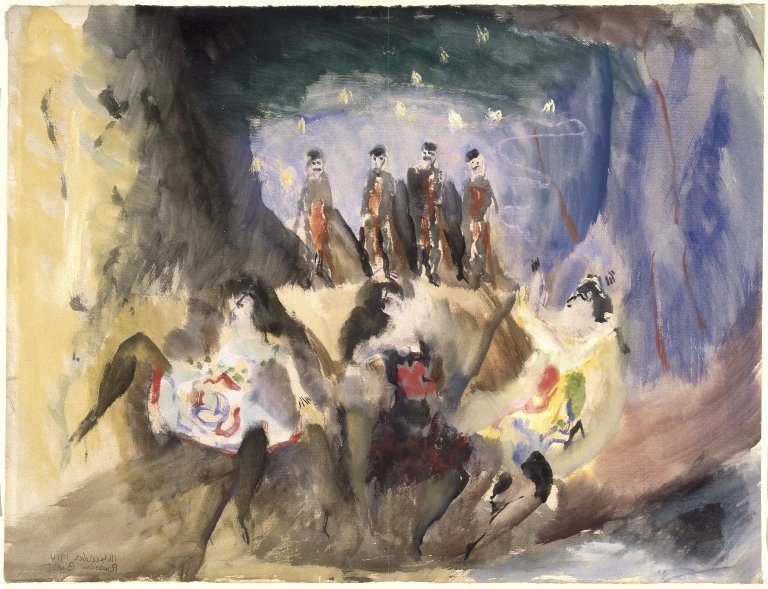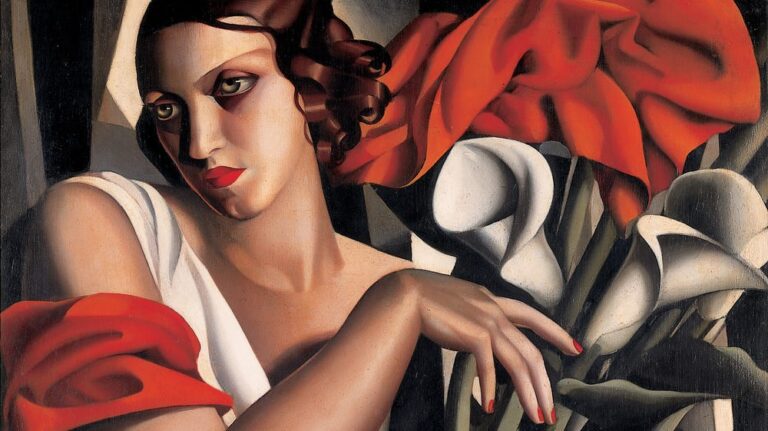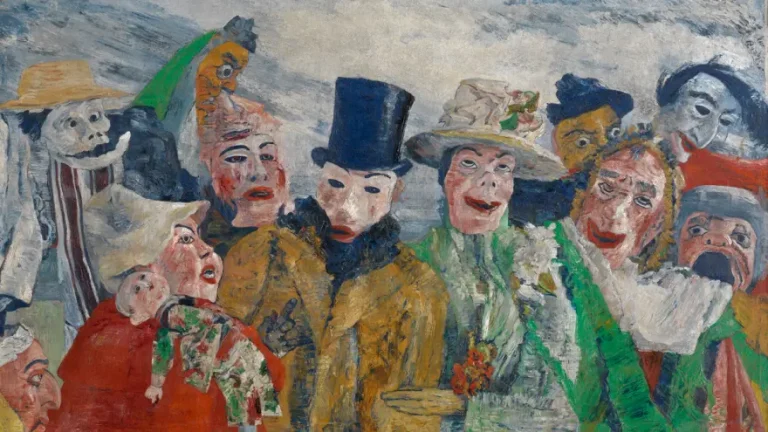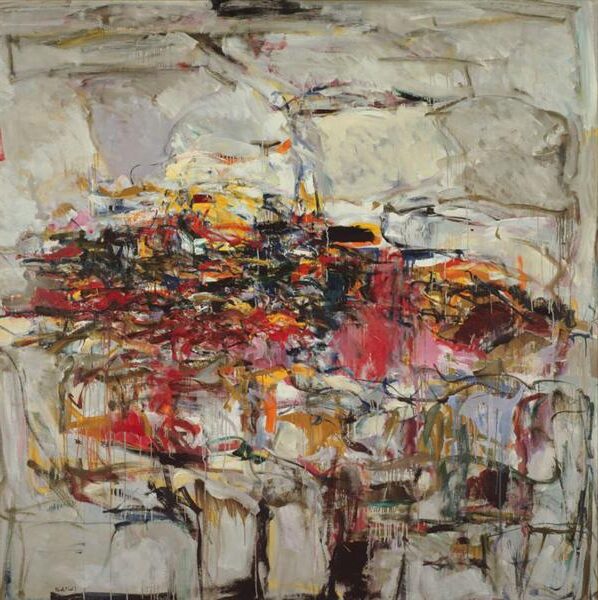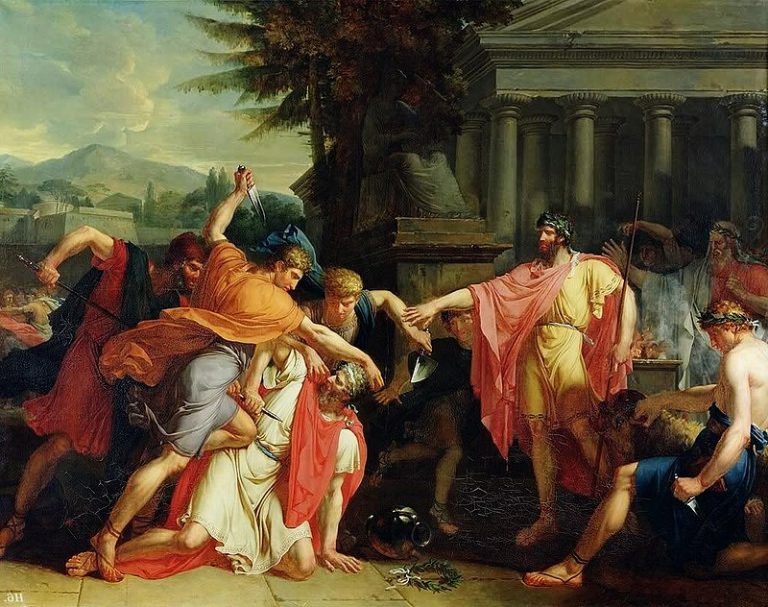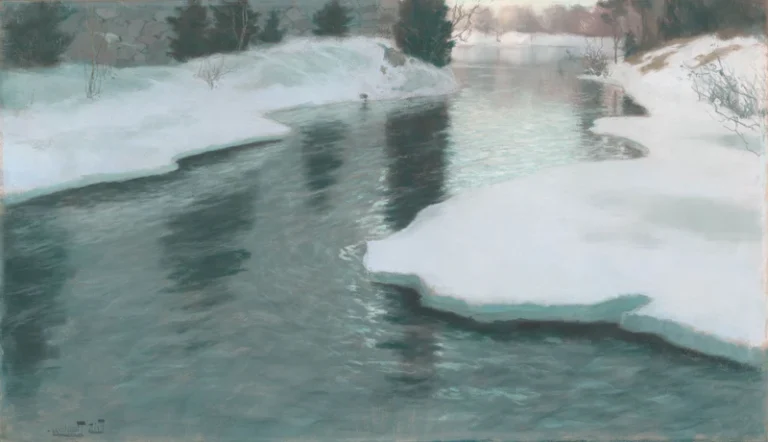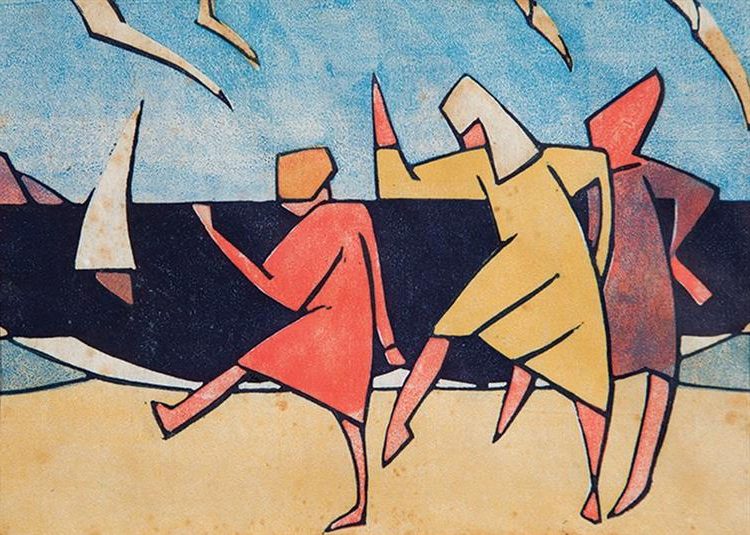Max Weber Painter: Pioneering American Cubist and Expressionist
Born: April 18, 1881, Białystok, Russian Empire
Death: October 4, 1961, Great Neck, New York
Art Movement: Cubo-Futurism, Expressionism
Nationality: Polish-American
Teacher: Arthur Wesley Dow
Institution: Pratt Institute and Académie Julian
Max Weber Painter: Pioneering American Cubist and Expressionist
Life and Career of Max Weber
Max Weber was a Polish-American painter. He made important contributions to early modern art in the United States. He brought avant-garde European styles to America and became known for his Cubist works.
Early Life and Education
Max Weber was born on April 18, 1881 in Bialystok, then part of the Russian Empire. He came from an Orthodox Jewish family. As a child, Weber showed artistic talent.

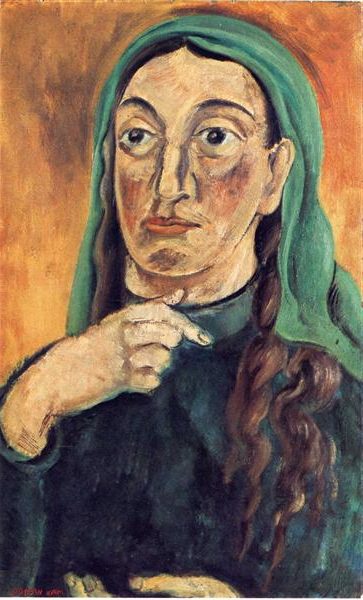
In 1891, Weber’s family moved to the United States. They settled in Brooklyn, New York. There, Weber studied at the Pratt Institute from 1898 to 1900.
At Pratt, he learned from Arthur Wesley Dow. Dow taught him about composition and design. This training shaped Weber’s later work.
Move to the United States
After finishing at Pratt, Weber worked as an art teacher. He taught in Virginia, Minnesota, and Michigan. This job helped him save money for travel.
In 1905, Weber went to Paris. He studied at the Académie Julian. In Paris, he met leading artists like Henri Matisse and Pablo Picasso.
Weber saw works by Henri Rousseau. These “primitive” paintings inspired him. He began to add similar elements to his own art.
Influence and Development
Weber returned to New York in 1909. He brought new ideas from Europe with him. His work helped introduce Cubism and Fauvism to American artists.
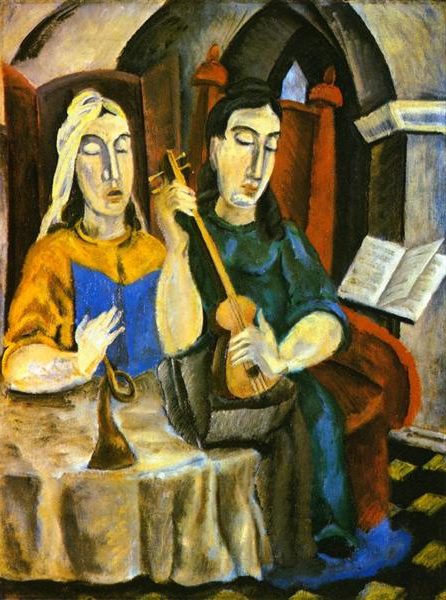
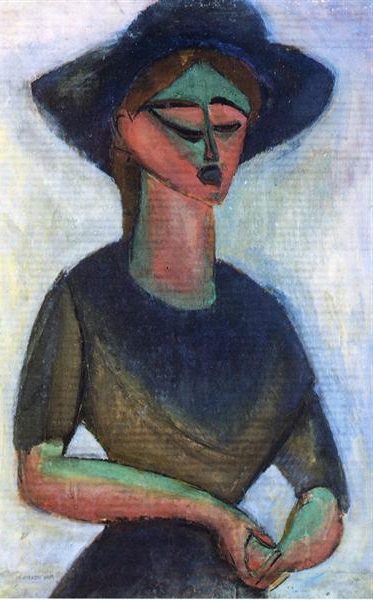
At first, Weber painted in a Cubist style. His 1915 work “Chinese Restaurant” is a famous example. It shows a busy urban scene in a fragmented way.
Later, Weber’s art changed. He began to paint more realistic subjects. Many of these had Jewish themes. Weber became an important Jewish-American painter.
Throughout his career, Weber worked in different media. He made paintings, prints, and sculptures. He died in Great Neck, New York on October 4, 1961.
Artistic Contributions and Style
Max Weber made important contributions to modern art in America. He brought new styles from Europe and created his own unique approach.
American Cubist Pioneer
Weber helped introduce Cubism to the United States. He studied in Paris and learned from artists like Picasso. His painting “Chinese Restaurant” from 1915 is a key example of American Cubist art. It hangs in the Whitney Museum of American Art.
Weber used bold colors and geometric shapes in his Cubist works. He broke down subjects into angular forms. This style was very new and different in America at the time.
Later Works and Themes
In his later career, Weber turned to more traditional subjects. He painted many scenes of Jewish life and religious themes. His style became less abstract but kept some Cubist elements.
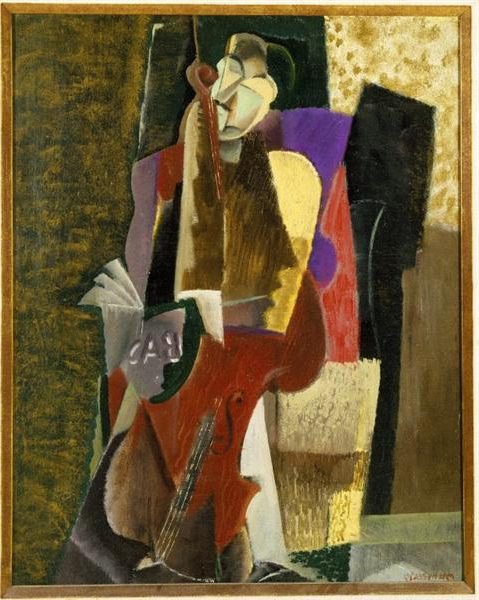

Weber often depicted rabbis, synagogues, and Jewish rituals. He used warm colors and expressive brushstrokes in these works. This shift showed his interest in his cultural roots.
Legacy and Exhibitions
Weber’s art is in major museums like the Whitney and the Museum of Modern Art. He had a big impact on the growth of modern art in America. Many later artists were inspired by his bold style.
The Jewish Museum in New York held a major show of Weber’s work in 1982. It featured his early Cubist paintings and later Jewish-themed art. This exhibit helped renew interest in Weber’s contributions.
Several books have been written about Weber’s life and art. His paintings still sell for high prices at auctions today.
Associations and Influence
Max Weber built connections with key figures and institutions in the art world. He shared his knowledge and ideas with others as both an artist and teacher.
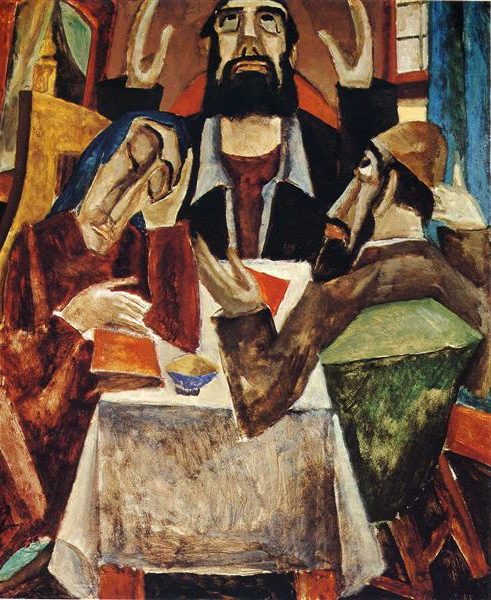
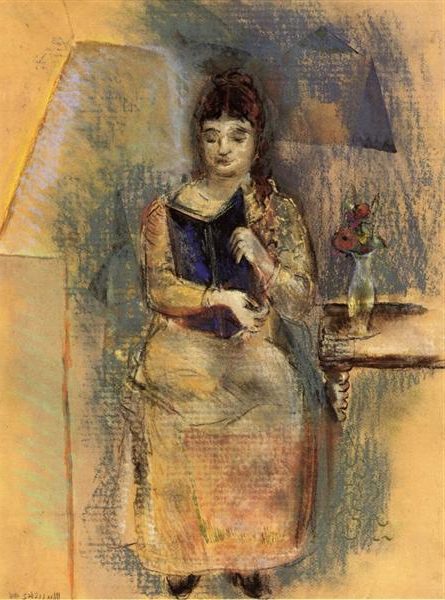
Artistic and Literary Circles
Weber became part of influential circles in New York and Paris. He met avant-garde artists and writers like Guillaume Apollinaire in France. Back in New York, Weber showed work at Alfred Stieglitz’s 291 Gallery. This space featured cutting-edge American and European art. Weber also wrote poems and essays about art. His “Cubist Poems” book mixed his visual and literary talents.
Weber’s painting “Chinese Restaurant” gained attention when shown at 291 Gallery. It is now in the Whitney Museum collection. The work shows Weber’s skill with Cubist style.
Weber’s Role as a Teacher
Weber taught at the Art Students League in New York. He passed on ideas about modern art to his students. Weber stressed new ways of seeing and painting. He pushed students to move past old styles.
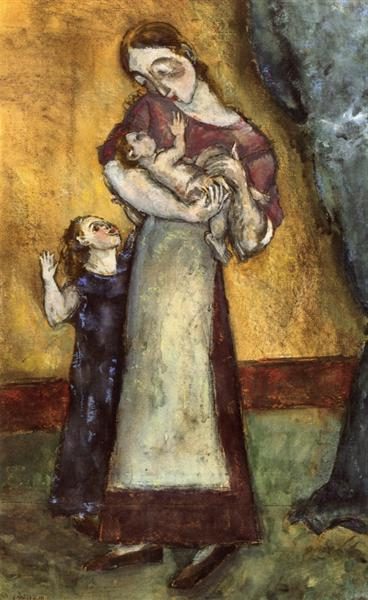
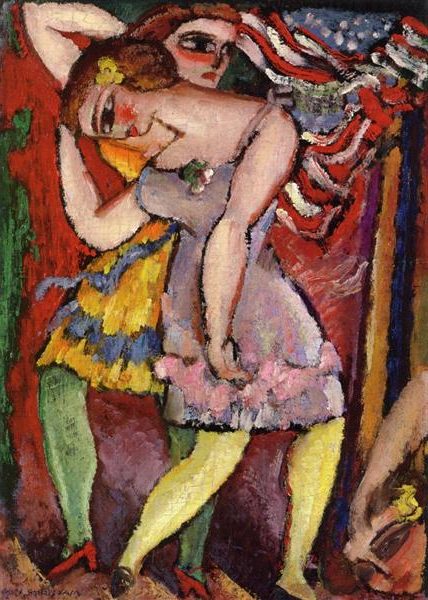
Weber lived in Great Neck, New York for many years. There, he kept making art and writing. His book “Essays on Art” shared his views on creativity and culture. Weber’s teaching and writing spread modernist ideas to other American artists.
Frequently Asked Questions
Max Weber was an influential American painter who helped shape modern art in the early 20th century. His work spanned different styles and themes over his career.
What are the main characteristics of Max Weber’s art style?
Weber’s art blended Cubist, Futurist, and Expressionist elements. He used bold colors, fragmented forms, and abstract shapes. Weber often depicted urban scenes and figures in a stylized way.
His paintings had a sense of movement and energy. He layered geometric shapes to create depth and dimension in his compositions.
Which painting is considered Max Weber’s most renowned work?
“Chinese Restaurant” from 1915 is seen as Weber’s most famous painting. It’s in the Whitney Museum of American Art collection. The work shows Weber’s skill with Cubist techniques.
It depicts a bustling restaurant scene using angular forms and vivid colors. The painting captures the energy of New York City life in the early 1900s.
How did Max Weber’s artwork contribute to or reflect societal changes?
Weber’s art reflected the rapid changes of early 20th century America. His urban scenes captured the growth of cities and industry. He painted diverse subjects, showing America’s changing cultural makeup.
Weber’s abstract style mirrored new ways of thinking about art and society. His work helped bring European modernist ideas to American audiences.
In what ways did religion and spirituality influence Max Weber’s paintings?
Later in his career, Weber focused more on Jewish themes and imagery. He created paintings of rabbis, synagogues, and religious ceremonies. These works expressed his cultural heritage and spiritual beliefs.
Weber used expressive colors and forms to convey religious feeling. His spiritual paintings often had a dreamlike, mystical quality.
Can you identify the phases or periods within Max Weber’s artistic career?
Weber’s career had several distinct phases. Early on, he focused on Cubist and Futurist styles. This period included his most famous urban scenes and abstract works.
In the 1920s and 1930s, Weber’s style became more figurative. He painted portraits and landscapes with a softer, more natural approach.
His late career saw a turn toward religious and spiritual themes. Weber explored Jewish subjects with a mix of abstract and representational styles.
How did Max Weber’s background and personal experiences shape his approach to art?
Weber’s Jewish heritage and immigrant experience influenced his art. Born in Russia, he moved to New York as a child.
This background gave him a unique perspective on American life.
His travels in Europe exposed him to modern art movements. Weber studied with Henri Matisse in Paris.
These experiences shaped his innovative style and subject matter.
Weber’s interest in spirituality grew as he aged. This led to more focus on religious themes in his later works.

